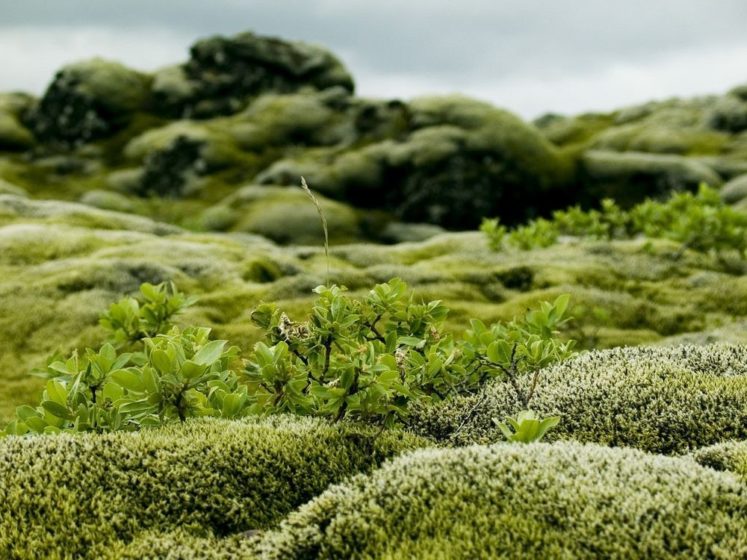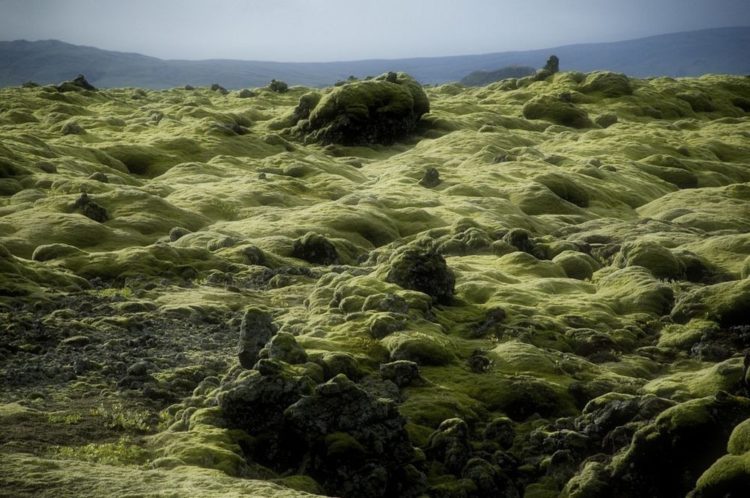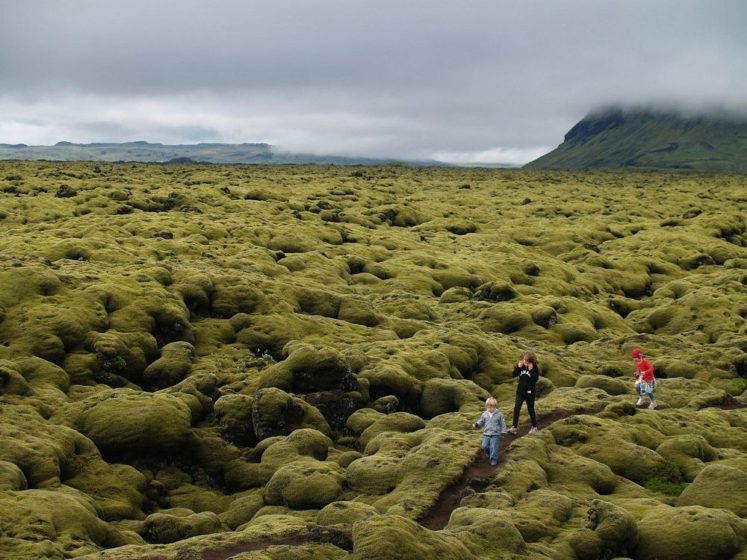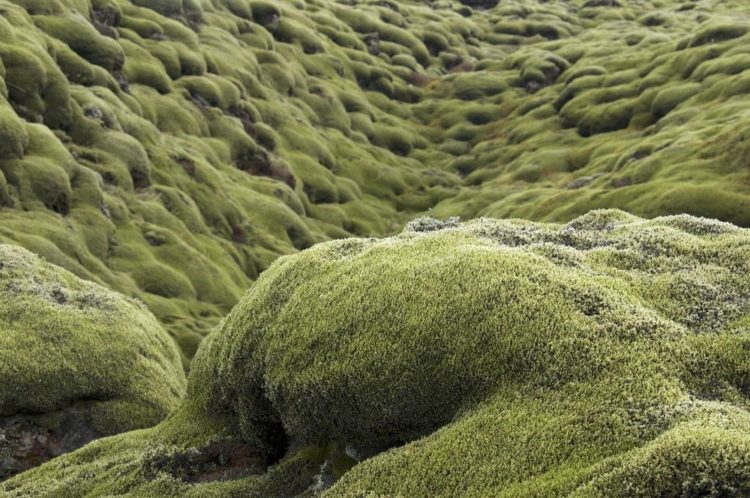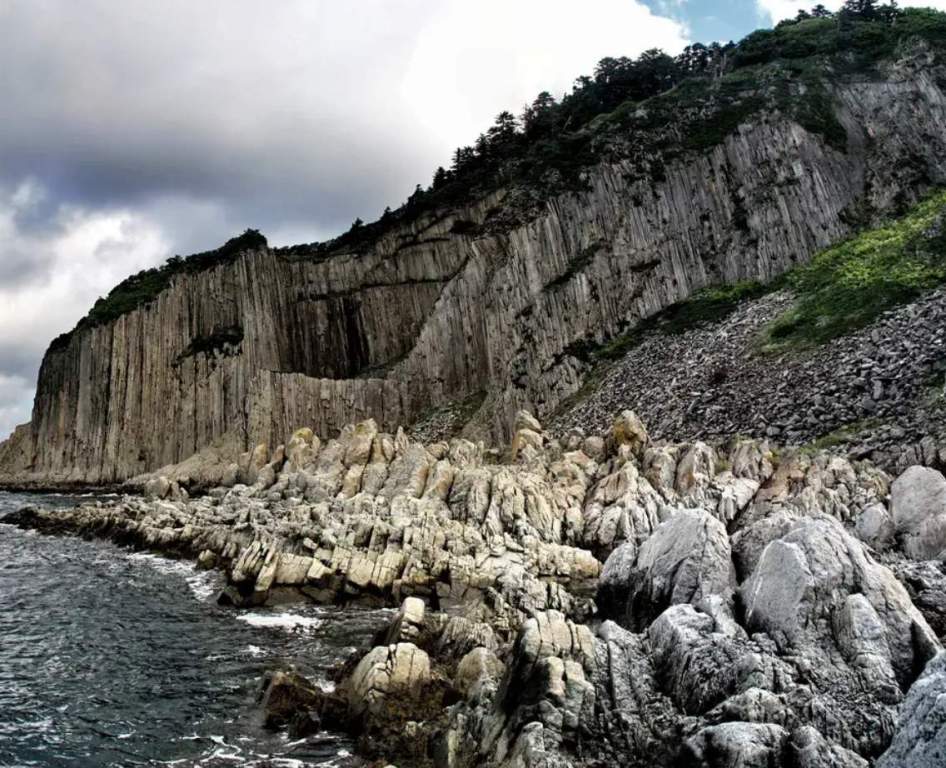In Iceland Moss is a common plant, widely grown in the mountainous region. The moss has a special characteristic of Iceland’s Lava Fields. However, the southern coast of Iceland over the Eldraun Lava field has one of the most remarkable moss blankets in Iceland. The recorded history exposed a devastating eruption that created the lava fields in Eldraun.
Iceland is a wonderful destination to visit by vehicle. Although it has a population of just under half a million, It has plenty for anyone who travels, particularly when it comes to natural beauty.
Iceland is quite vast, and there’s no public transportation for most of the tourist attractions outside of the capital city, so having your own vehicle is an excellent choice. But don’t worry, a visitor can fix this issue by registering a car at Discover Car at reasonable rates.
In 1783, the Laki fissure and the adjoining Grímsvötn volcano poured out an expected 14 cubic kilometers of basalt lava. There are clouds of poisonous gases that have contaminated the soil, killing half of Iceland’s cattle and horses and more than three-quarters of sheep. Moss can be easily damaged and potentially irreparable. Moss areas are particularly sensitive and damage caused by footprints and tire marks can take a very long time to heal.
However, in that year, nothing grew in the Lava Fields, and no fish was found in the sea. This resulted in famine, killing approximately a quarter of the island’s human population. Therefore, Laki’s eruption had even more widespread effects. In the years following the eruption, the climate across the Northern Hemisphere deteriorated. In the winter of 1784, North America became the longest and one of the coldest on record. Thus, a massive snowstorm hit the South, the Mississippi River froze in New Orleans, and there were reports of ice floes in the Gulf of Mexico.
Moreover, a huge haze from the eruption floated east as far away as India. This has weakened monsoon circulations and led to droughts and crop failures. In 1784, the famine that hit Egypt, as a result of the eruption, killed approximately 1/6 of its population. Hence, the worst consequences were felt in Europe. The summer of 1783 was the hottest on record, and a rare high-pressure zone over Iceland caused the winds to blow to the southeast. The poisonous cloud drifted across Europe, and its inhalation killed tens of thousands. In Great Britain alone, it caused some 23,000 deaths.
As the weather became hot, thunderstorms became more severe. The large hailstones rained down from the sky, causing injury and death to cattle. The following winter was freezing and resulted in 8,000 extra deaths in the UK. Even though, during the spring thaw, Germany and Central Europe reported facing catastrophic flood damage,.
A series of crop failures in France, causing poverty and famine, eventually triggered the French Revolution of 1789–1799. Nowadays, the Eldraun Lava Field looks very serene and tranquil. The thick green moss has helped soften the rugged landscape, almost disguising Eldhraun’s violent past.
Read More: Playa de Gulpiyuri – A Strange Beach in the Middle of a Meadow





